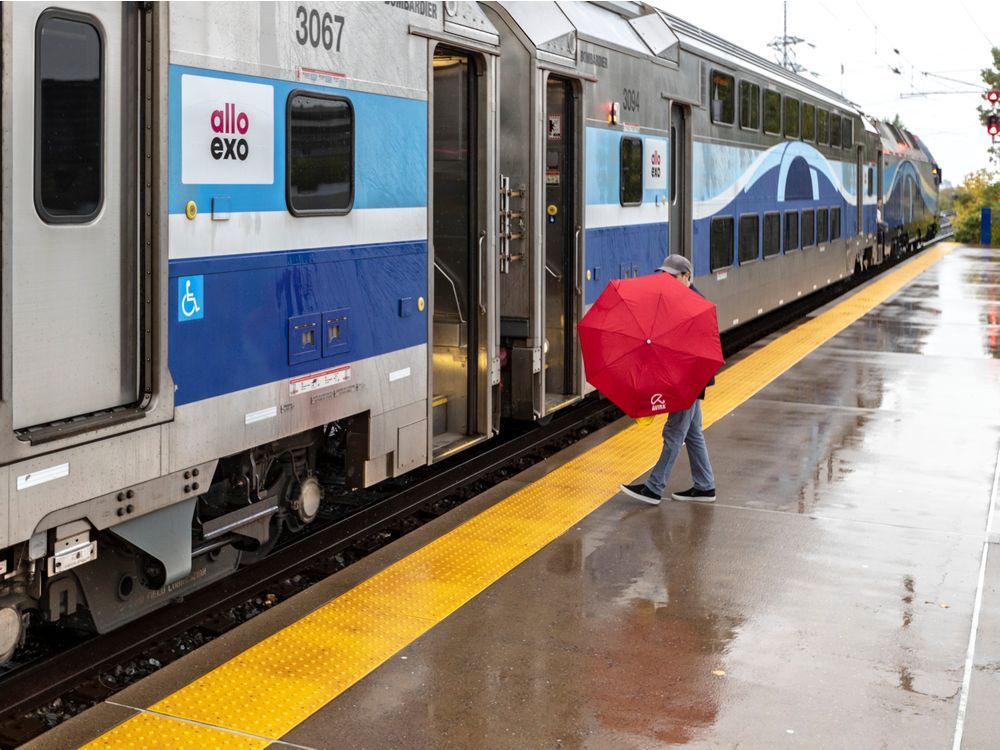dowlingm
Senior Member
Lucien L’Allier station is currently closed for upgrade works, which has presumably not helped ridership on the three lines into that station and at least a portion of which may now be worthless.
 exo.quebec
exo.quebec
Assuming that these cuts proceed, and this isn’t merely a trial balloon to try and scare money out of the CAQ, what is this likely to mean for:
Exo fleet -
Retaining ALP-45s seems pointless with Mascouche gone. Selling them (NJT? ONXpress? MBTA or some other NEC system tiptoeing into electrification?) might help fund the Siemens Chargers to nudge out the old F59s.
Similarly there might be a market for the multilevels - NJT again, or SEPTA. Probably more than there is for CRRC at least.
Track time - with less / no Exo at Centrale, does that offer any opportunities for VIA to optimize / increase their activities? If some Exo qualified crews were willing to cross the street to VIA, perhaps it might mitigate some of the shortages we have heard about in the latter in recent months.
Track - are there any movements across the Mascouche-Repentigny Exo owned track other than by Exo? That track would not have come cheap, and presumably even if either QGRY or CN were minded to acquire it, it would surely be at a knockdown price.
Exo - Début des travaux majeurs de réfection de la gare Lucien-L’Allier dès le 1er avril
Exo annonce que des travaux nécessaires de réfection de la gare de train Lucien-L’Allier débuteront le 1er avril 2024. Les travaux entraîneront des fermetures de la gare par phases jusqu’en 2025.
Assuming that these cuts proceed, and this isn’t merely a trial balloon to try and scare money out of the CAQ, what is this likely to mean for:
Exo fleet -
Retaining ALP-45s seems pointless with Mascouche gone. Selling them (NJT? ONXpress? MBTA or some other NEC system tiptoeing into electrification?) might help fund the Siemens Chargers to nudge out the old F59s.
Similarly there might be a market for the multilevels - NJT again, or SEPTA. Probably more than there is for CRRC at least.
Track time - with less / no Exo at Centrale, does that offer any opportunities for VIA to optimize / increase their activities? If some Exo qualified crews were willing to cross the street to VIA, perhaps it might mitigate some of the shortages we have heard about in the latter in recent months.
Track - are there any movements across the Mascouche-Repentigny Exo owned track other than by Exo? That track would not have come cheap, and presumably even if either QGRY or CN were minded to acquire it, it would surely be at a knockdown price.





